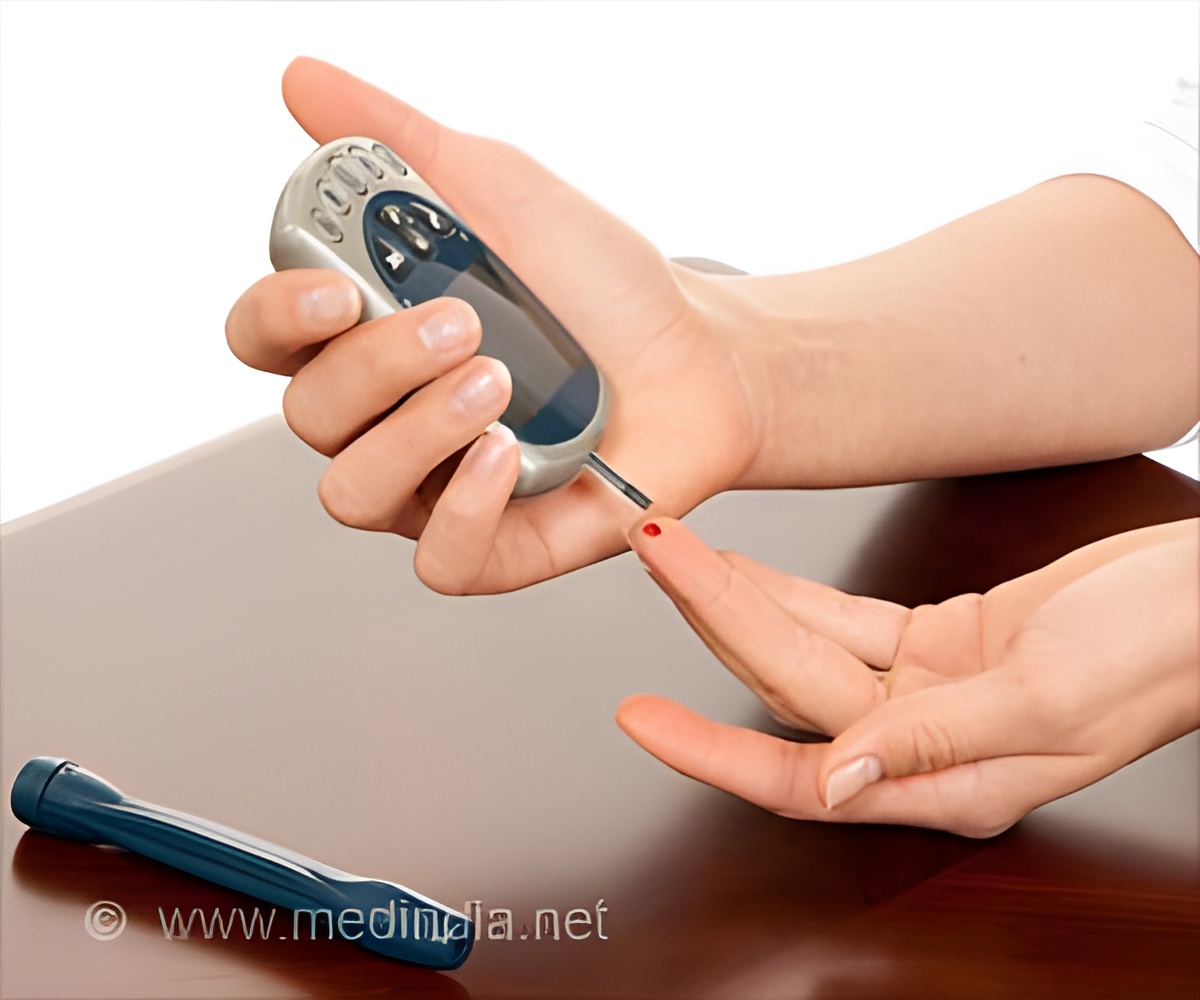New guidance is set on how diabetes patients can use modern glucose monitoring devices to manage their glucose levels safely, even during exercise.

TOP INSIGHT
Physical exercise is an essential component in the management of type 1 diabetes across the lifespan. Yet, acute exercise raises the risk of dysglycaemia, and the direction of glycaemic excursions depends, to some extent, on the intensity and duration of the type of exercise.
Read More..
Physical exercise is an important part of managing type 1 diabetes for people of all age groups. However, the blood sugar response can be difficult to predict, with exercise sometimes increasing the risk of falling blood sugar levels - known as hypoglycemia - or other times causing blood sugar to rise. Levels of glucose, therefore, have to be closely monitored.
Fear of having a "hypo," which can lead to dizziness, disorientation, anxiety, and many other symptoms, is one of the main barriers stopping people with diabetes from incorporating exercise into daily life.
Fortunately, modern real-time glucose monitoring systems are now available on the NHS or for purchase, so people can manage their glucose levels during exercise. The problem, however, is that these can be complex, and the information can be difficult for patients and health professionals to interpret.
This is where the new guidance will be invaluable. It looks at the evidence from glucose monitoring technology and uses it as the basis for clear guidance for exercise in adults, children, and adolescents with type 1 diabetes.
The guidance contained in a position statement was published by the European Association for the Study of Diabetes and the International Society for Paediatric and Adolescent Diabetes. It is also endorsed by the global diabetes charity Juvenile Diabetes Research Foundation and by the American Diabetes Association.
"This guidance is a landmark agreement that could end up making a real difference to people with Type 1 diabetes.
It is built on years of research into the strengths and limits of modern glucose monitoring devices. On the basis of that evidence, we can now recommend how to safely use these devices and support people with type 1 diabetes. It will help them to obtain the health benefits of exercise, whilst minimizing wide fluctuations in their blood glucose level."
Source-Eurekalert
 MEDINDIA
MEDINDIA



 Email
Email










